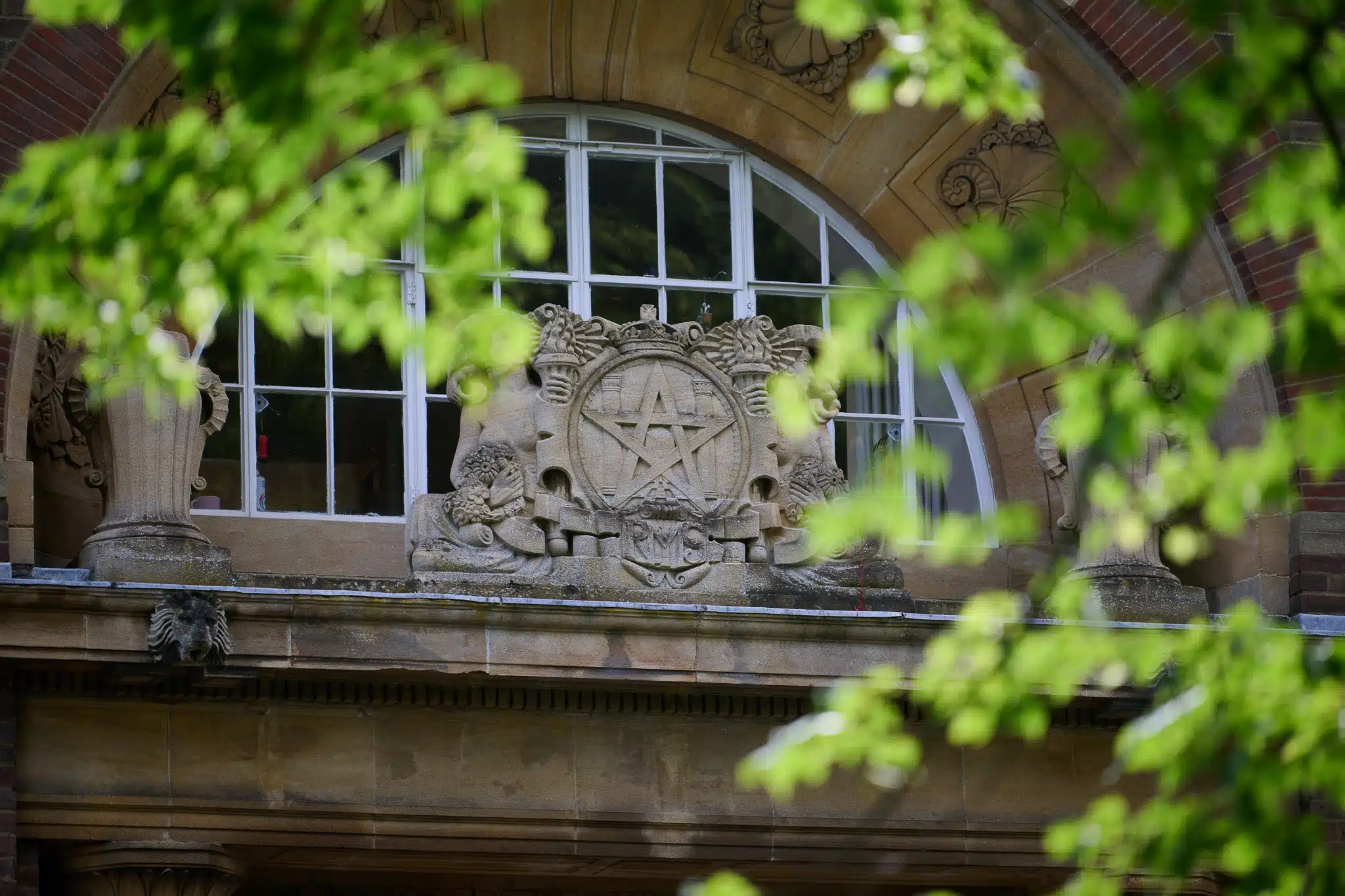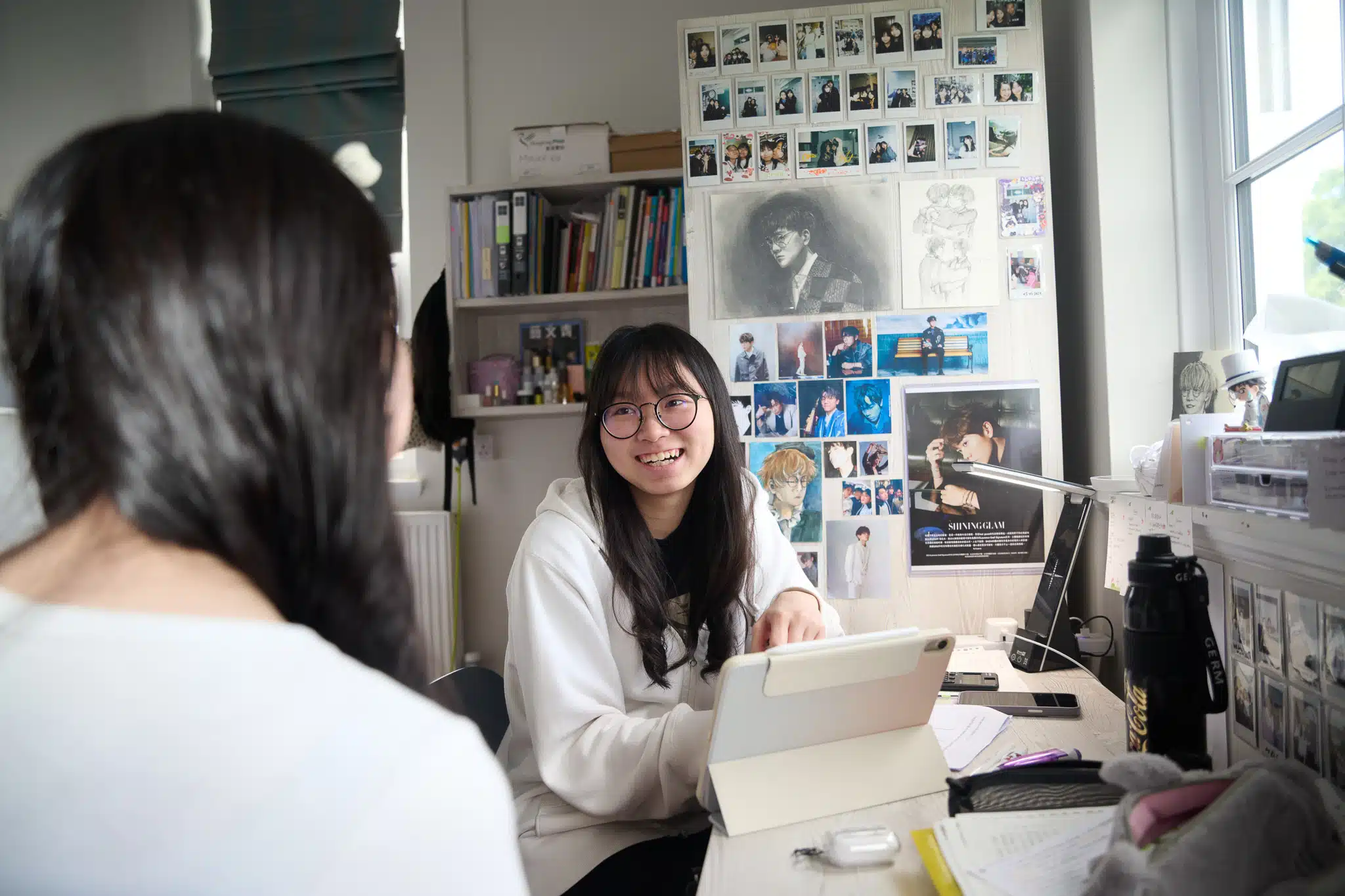We take pride in celebrating the creativity and passion of our students, and few exemplify this better than Aroush, our inspiring Year 12 editor-in-chief of RMSTEM.
This student-led STEM magazine, crafted by members of the RMS STEM Club that meets every Tuesday lunchtime, features fascinating articles exploring a wide range of topics.
By combining science, essay writing, and artistic flair, Aroush has created a platform that not only delves into the wonders of STEM but also cultivates essential skills such as creativity, leadership, and teamwork. In this insightful interview, Aroush shares the inspiration behind RMSTEM, her vision for its future, and her advice for students keen to dive into the exciting world of STEM.
Read the First Edition of RMSTEM
What inspired you to create RMSTEM, and how did the idea first come to you?
I have always had a passion for all things science, but having all STEM-based A-levels caused me to miss studying more essay-based subjects. I wanted to incorporate my passion for Science and English into my extracurriculars while also leaving my own mark on RMS as a new pupil of the community.
What is the overall mission or goal of the magazine, and what impact do you hope it will have on the school community?
I hope that the magazine will be an opportunity for many students to grow their passion for STEM, whilst also developing their essay writing skills and creativity throughout the journey of developing each edition. RMSTEM is also a platform for many art students to get involved as they are given the opportunity to illustrate for the magazine. Eventually, as the team grows more leadership opportunities will arise allowing students to develop their organisational skills.
What kind of articles and content can readers expect to find in RMSTEM?
All things science! RMSTEM consists of both articles and a news section. The news section tends to focus on new breakthroughs and developments in the science community throughout the past year, whereas, articles are solely based on the writer’s passion and what they want to explore beyond the school curriculum, sharing their findings with the rest of the school.
RMSTEM is a student-based organisation. The writers and illustrators work very independently while receiving directions and feedback from the editors. I often think of the articles as a “mini EPQ” allowing students to have more experience in writing if they wish to pursue this in the future.
Can you highlight any standout pieces or features in your first issue that you’re particularly proud of?
I am proud of all the members of the club as each of them has contributed in many different ways to a variety of topics, making it very difficult to think of a feature. However, one article that made me think about a commonly thought about topic differently was the article “Are We Alone”. It explores this concept from a very different perspective and has thorough research to support the argument, making it the one that stands out to me the most.
Why do you think STEM subjects are important for students to explore, both inside and outside the classroom?
The concepts you learn within the school curriculum are the fundamentals and foundations of science which are, obviously, very important. However, you are often not taught about how these are applied in the real world and how most things you use in your daily life are a consequence of these STEM concepts.
I believe it's very important to learn about STEM outside of school, as you may find a new passion or interest that you have within the field, allowing you to possibly pursue a STEM based career in the future
Do you feel that there are any misconceptions about STEM fields that the magazine aims to address?
STEM is often viewed as just facts and statistics but I believe that it also incorporates many political and geological aspects that are alluded to in the magazine. I am hoping for more future news/articles that combine STEM with these aspects, for example, medical ethics, to stop the misconceptions that they are separate, rather than aligned, ideologies as STEM has many social impacts.
What has been your favourite part of creating and working on the magazine?
Being the founder of the magazine I have loved all the creative freedom I have had and the fulfilling duty that comes with guiding other members of the club to achieve our goals. I have loved the process of seeing each article come to life and develop through the course of the term. I have also enjoyed working in a team with the illustrators as we deliberated on how to make the magazine look the most visually appealing.
What are your hopes and plans for the future of RMSTEM? Do you envision it growing in any specific way?
I am hoping that after the first edition is released more students will be inspired to join the club, allowing there to be more creative outlooks on what to include in the next edition. As the club grows I am hoping for the magazine to also grow in page numbers so more findings can be shared. I also plan for the magazine to exceed the time I stay at RMS, and for a new editor-in-chief or new editors to be elected in my final year at RMS so the community can grow even further.
If you could give one piece of advice to younger students about getting involved in STEM, what would it be?
Just go for it! If you have the slightest bit of interest in this field don’t stop expanding your knowledge and keep on getting involved. Whether it’s school clubs or competitions outside of school, there is nothing better than to participate in them and with that, you can understand your interests and aspirations even more than you already do.
The world is forever changing and we can’t do that without STEM, therefore you should stay curious, ask questions, and don’t be discouraged if things get challenging as that's where the real growth happens!













